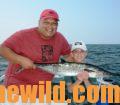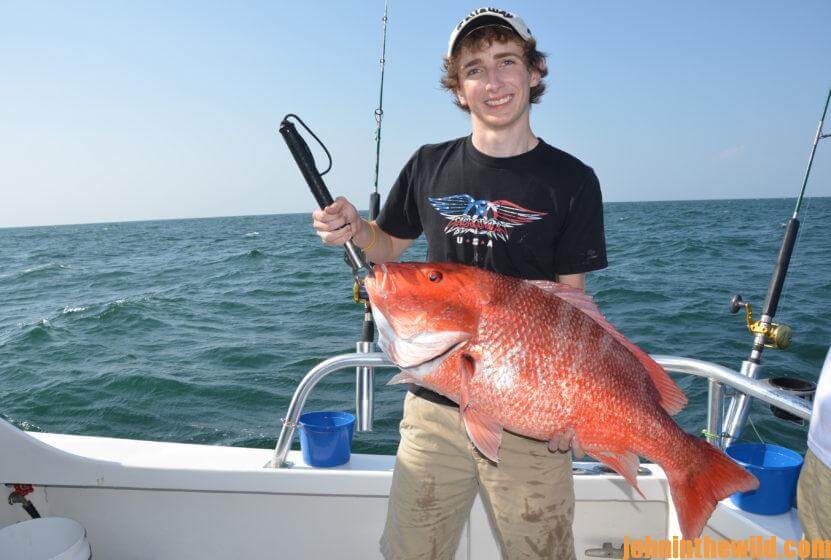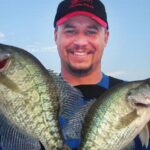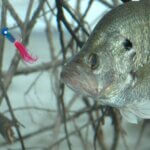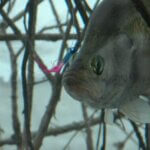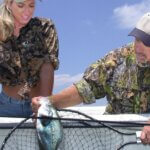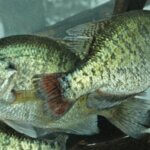Editor’s Note: With red snapper season starting the first of June, John in the Wild wanted to give an update on fishing off the Alabama Gulf Coast. We contacted Captain Troy Frady of Distraction Charters with the charter boat “Distraction” based out of Orange Beach Marina. We asked Frady, “What’s your goal for each fishing party you take out?” He replied, “We want to have bent rods and smiling faces.”
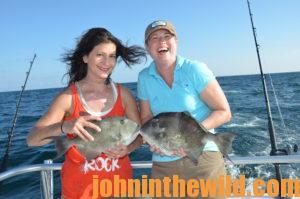 By the time we come out of the Trolling Alley and catching king mackerel there on our 6-hour trip, we’ll be heading out to
By the time we come out of the Trolling Alley and catching king mackerel there on our 6-hour trip, we’ll be heading out to 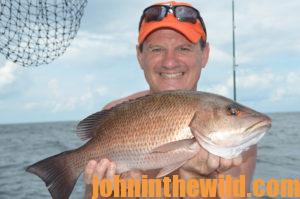 the artificial underwater reefs. You can pinpoint two types of artificial reefs, including public reefs, which have been sunk by the State of Alabama and conservation organizations with the maps at (https://www.outdooralabama.com/saltwater-fishing/artificial-reefs) and then other reefs that boat captains and anglers have sunk. Those reefs aren’t marked and are denoted as private reefs, but anyone can fish them if they find them.
the artificial underwater reefs. You can pinpoint two types of artificial reefs, including public reefs, which have been sunk by the State of Alabama and conservation organizations with the maps at (https://www.outdooralabama.com/saltwater-fishing/artificial-reefs) and then other reefs that boat captains and anglers have sunk. Those reefs aren’t marked and are denoted as private reefs, but anyone can fish them if they find them.
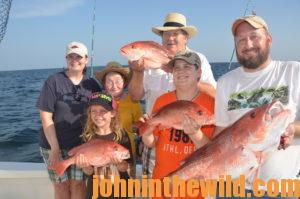 During the first part of the year, we’ll fish a combination of public reefs and private reefs. In the winter months and the
During the first part of the year, we’ll fish a combination of public reefs and private reefs. In the winter months and the  early spring, none of the reefs will receive very-much fishing pressure. In the late spring and summer months, we’ll fish private reefs primarily because there will be so-much fishing pressure on the public reefs – believing that we can catch more quality fish and bigger fish on the private reefs that may not be as readily available on the public reefs. We’ll catch a wide variety of fish on the artificial reefs once we arrive at them, including red snapper; red porgys, also known as white snapper; ruby-lip grunts with the inside of their mouths a bright-red color; vermilion snapper; grey triggerfish; and on our 10-hour trips, we’ll also catch amberjacks, mangrove snapper, grouper and scamp. We possibly may catch a wahoo or a cobia on these longer trips or a large king mackerel.
early spring, none of the reefs will receive very-much fishing pressure. In the late spring and summer months, we’ll fish private reefs primarily because there will be so-much fishing pressure on the public reefs – believing that we can catch more quality fish and bigger fish on the private reefs that may not be as readily available on the public reefs. We’ll catch a wide variety of fish on the artificial reefs once we arrive at them, including red snapper; red porgys, also known as white snapper; ruby-lip grunts with the inside of their mouths a bright-red color; vermilion snapper; grey triggerfish; and on our 10-hour trips, we’ll also catch amberjacks, mangrove snapper, grouper and scamp. We possibly may catch a wahoo or a cobia on these longer trips or a large king mackerel.
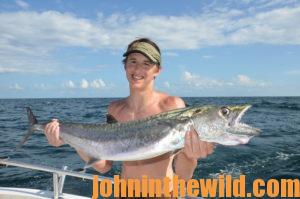 When we’re fishing for reef fish, we’re usually fishing a foot or two or high off the bottom. We’ll also put out what is called a flat line with no weight on it. Often the migratory fish are holding higher up in the water than the reef fish are. We’ll change to spinning tackle when we’re fishing the flat line, and our bait either will be a live cigar minnow, a live pinfish or a whole frozen cigar minnow. A large fish like a big king mackerel, an amberjack, a cobia, a wahoo or a big red snapper may come higher up in the water to take that bait on our flat line. The bait either swims or drifts down toward the bottom because we don’t put any weight on the line when we’re using this technique.
When we’re fishing for reef fish, we’re usually fishing a foot or two or high off the bottom. We’ll also put out what is called a flat line with no weight on it. Often the migratory fish are holding higher up in the water than the reef fish are. We’ll change to spinning tackle when we’re fishing the flat line, and our bait either will be a live cigar minnow, a live pinfish or a whole frozen cigar minnow. A large fish like a big king mackerel, an amberjack, a cobia, a wahoo or a big red snapper may come higher up in the water to take that bait on our flat line. The bait either swims or drifts down toward the bottom because we don’t put any weight on the line when we’re using this technique.
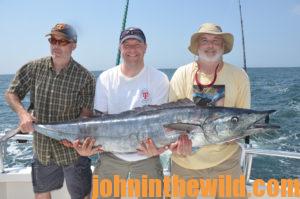 To contact Captain Troy Frady, you can reach him at [email protected] or his website www.distractioncharters.com, or you can call (251) 975-8111. During daylight hours, Captain Frady often will be out of cell service, however, you can reach him by text and leave him a message with your name and phone number. He will call you when he’s coming in from a trip or when he reaches cell-phone service. He’ll be happy to talk with you.
To contact Captain Troy Frady, you can reach him at [email protected] or his website www.distractioncharters.com, or you can call (251) 975-8111. During daylight hours, Captain Frady often will be out of cell service, however, you can reach him by text and leave him a message with your name and phone number. He will call you when he’s coming in from a trip or when he reaches cell-phone service. He’ll be happy to talk with you.
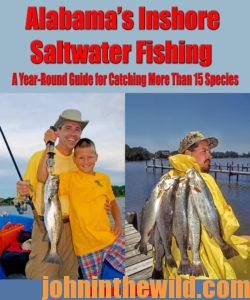 Check out John E. Phillips’ book, “Alabama’s Offshore Saltwater Fishing: A Year-Round Guide for Catching Over 15 Species of Fish” at http://amzn.to/VBqZPZ. You may have to copy and paste this address into your browser. You also can go to John’s Author’s Page at http://amzn.to/XW2URC to learn about his other outdoor books.
Check out John E. Phillips’ book, “Alabama’s Offshore Saltwater Fishing: A Year-Round Guide for Catching Over 15 Species of Fish” at http://amzn.to/VBqZPZ. You may have to copy and paste this address into your browser. You also can go to John’s Author’s Page at http://amzn.to/XW2URC to learn about his other outdoor books.
Tomorrow: Captain Troy Frady on Fishing for and Releasing Sharks

